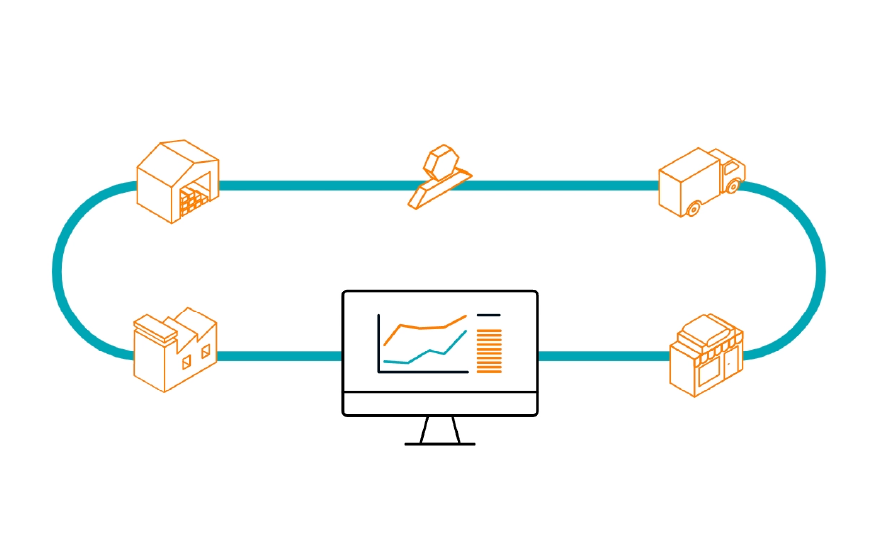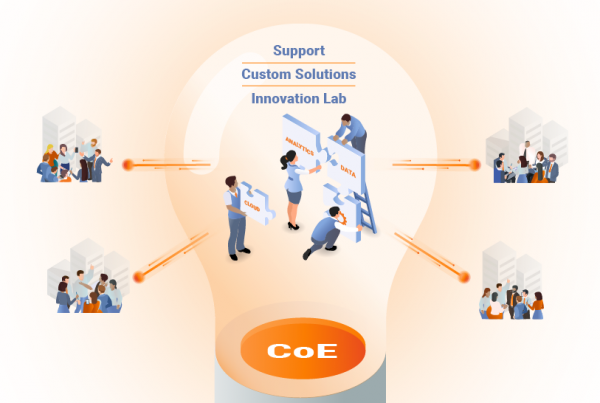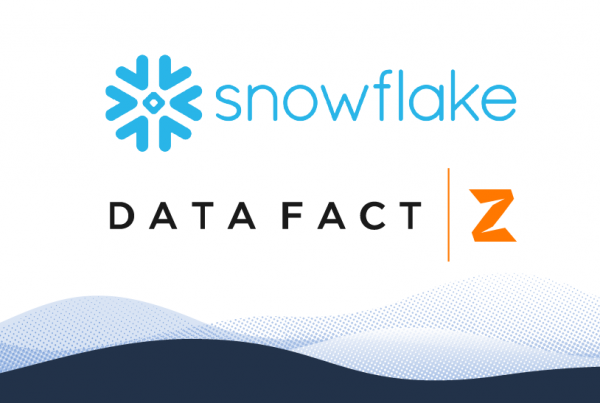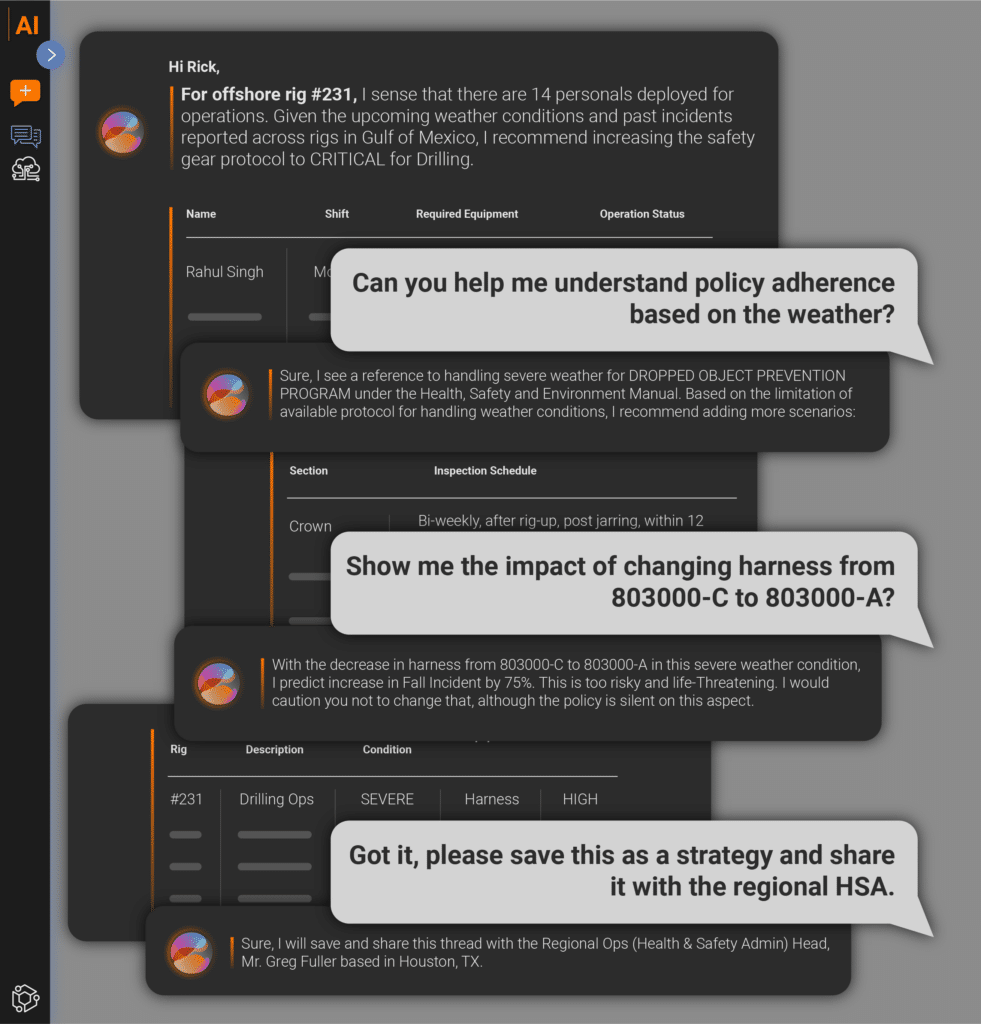In a survey of industry leaders in advanced analytics, Gartner reports that 96% use predictive analytics, 85% use perspective analytics, and 64% use AI. These statistics may not reflect all supply chain organizations but suggests this group is a leader in analytics. Yet even with these numbers, further statistics suggest both adoption and the “last mile of analytics” are still in a sad state.
Struggles for CSCOs
One of the biggest struggles for Chief Supply Chain Officers (CSCOs) is finding the right candidates for a supply chain management team. According to IDC, 78% of CSCOs face concern for the impact of AI on their new hires, and 79% are working to develop training to help their current employees understand and adopt advanced analytics. One of the best ways to overcome this challenge is working with the right strategic partner that can augment existing teams or the organization’s Center of Excellence (COE), resulting in accelerated deployments at a lower cost than DIY.
The COE approach focuses on keeping up with current technological advances and empowering current employees to take on higher-value roles. This includes developing accessible datasets that encourage employees to adopt practices that can achieve the “5 C’s of Supply Chain Management”: Connected, Collaborative, Cyber-aware, Cognitively enabled, and Comprehensive.
AI is Transforming Supply Chain Analytics
With AI rapidly transforming supply chain analytics, the winners will be the organizations that can combine all the narrow AI/ ML solutions to achieve “Enterprise AI” or “Decision Intelligence” to make decisions based on automated recommendations that leverage insights from every step of the supply chain.

The current speed of shifts in both consumer behavior and supply disruptions has reduced the time to decisions even further. Decision Intelligence goes beyond insights on disparate reports and dashboards to a unified set of recommendations, empowering decision makers across the entire chain to make informed and impactful decisions. An example of such a platform is Diwo, where interactive recommendations are provided in natural language.
Image and video courtesy of Diwo.ai
As companies are gaining access to larger datasets, an average of 80% of their data is left dark—unstructured, and unusable. Successfully leveraging and actually using the vast amounts of data produced in even the smallest supply chain networks has become a challenge. Between 2012 and 2017, advances in analytics technologies saw companies accessing 50% more data. But with even more connectivity and data from multiple sources like social media and the Internet of Things, only an average of 20% of that data is being leveraged. While cloud platforms have helped immensely with handling these volumes of data—and with more data points that are being accessed and processed, “insight generation” has accelerated markedly in the past few years as well—in most cases this also leads to exacerbated analytics consumption issues, as the “analytics last mile” is still a bottleneck when it comes to actually implementing these business decisions on time. “Cognitive enablement” is the processing of giant amounts of both structured and unstructured data, and automating parts of the analysis (“Cognitive” concepts are now also referred to as “Decision Intelligence” or “Enterprise AI” to aid decision making).
Your Analytics Partner
Each challenge and analytics requirement is as unique as the company in its needs, and no solution is one-size-fits-all. An experienced analytics partner can understand the business challenge to optimize technology solutions across the analytics lifecycle. With the right support to leverage available talent in adopting the proper solution, we’ve seen leading companies across the entire supply chain achieve both quicker ROI and sustainable solutions in their analytics journey.









